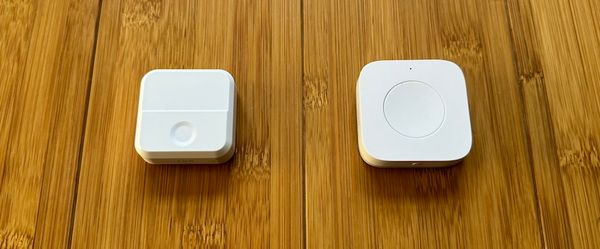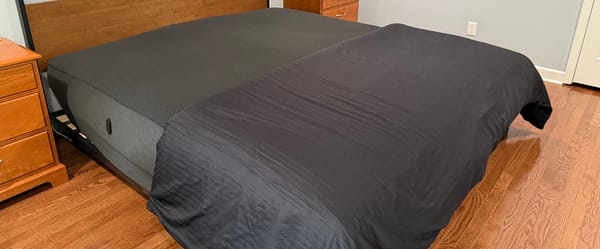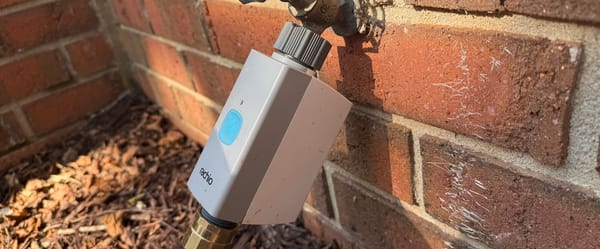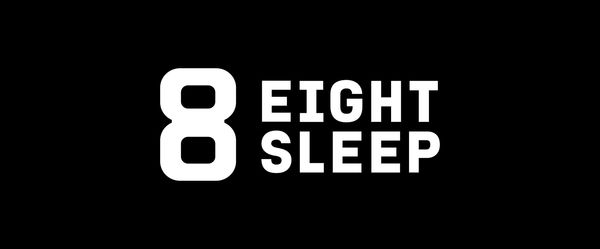Schlage Encode Plus vs. Level Lock Plus: Best for Home Key?
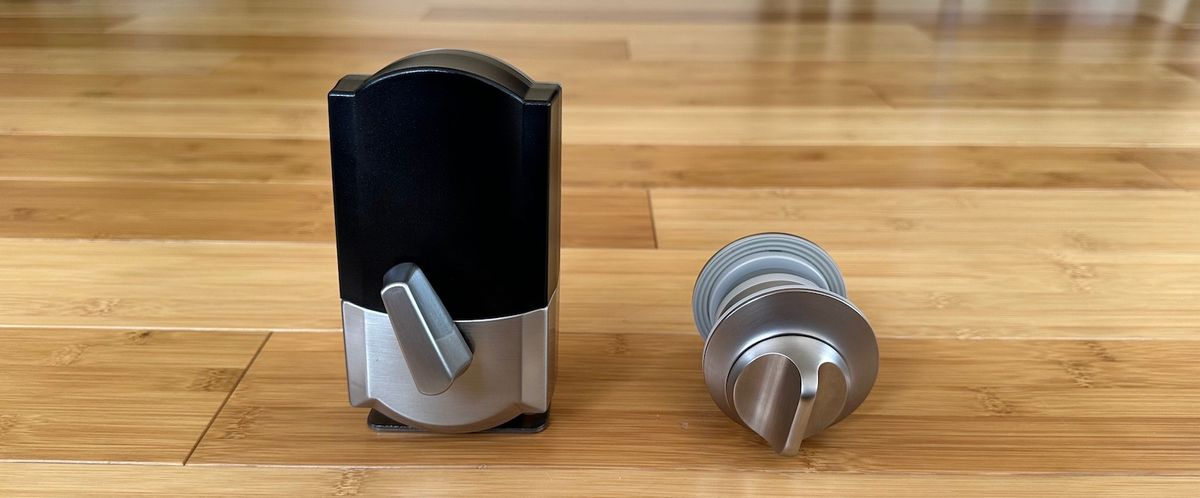
After three months of testing, I've determined that Schlage Encode Plus is my new favorite lock and the one anyone trying to get their hands on the Apple Home Key feature should buy. It has all the features a lock should have with just one minor downside, which we'll discuss later.
On the other hand, the Level Lock Plus is the most sleek looking smart lock I’ve ever tested, but its Home Key feature isn’t as seamless as it should be and there are a couple of other minor red flags.
In this post, we’ll go over a few of the similarities first, then break down the four main differences between these two locks.
Feature Similarities
Apple Home Key is the obvious similarity and why you've landed on this comparison post. Home Key allows users to lock or unlock the door via NFC by simply holding an Apple Watch or iPhone close to the lock. For an additional layer of security, Face ID can be used with your iPhone, but I prefer to keep my lock in "express mode" which unlocks the door instantly after it reads your device. Apple Watch users still have it best because an Apple Watch is always unlocked and additional authentication is never needed.

Each Apple household member gets a pass automatically added to their Apple Wallet. Overall, Home Key is an amazing feature that fully lives up to the hype. I see it as a more efficient and secure fingerprint reader because Apple handles the security rather than a third party lock manufacturer.
There are slight Home Key usability differences between the Level Lock Plus and the Schlage Encode Plus, but we’ll get into those in the next section.
Aside from Home Key, both locks come with a traditional key and can be unlocked from their respective apps. For Apple users, the necessity for frequent interaction with the Level or Schlage apps should be minimal after the initial setup, since their functions can be managed within the Apple Home app where you can create automations and scenes.
Both locks utilize Bluetooth, but the Schlage lock also has a WiFi radio. Schalge's WiFi support means that it can be controlled away from home without a hub, while the Level Lock can be controlled inside the Apple Home app while away from home only if you have a HomeKit hub like an iPad, HomePod, or Apple TV. Both locks have a Thread radio and will eventually be compatible with the Matter standard in future software updates.
One downside to both of these locks is that they don’t have a system to show if your door is open or shut like the August and Yale locks do. Your lock can be displayed as fully locked and secure in the app, when in reality, the door is fully open. Door sensing just provides a little extra assurance when you’re away from home. It’s nice to have but not a necessity.

1. Home Key
When I reviewed the Level Lock Plus, I wrote that Home Key fails about 10% of the time on the first attempt, but always works by the second attempt. I assumed that my failures were part of how Home Key works, but after testing the Schlage Encode Plus, I'm convinced otherwise. In three months of testing, with hundreds of lock and unlock attempts, with a variety of devices, Home Key has failed a single time, which means that it was successful more than 99% of the time.
The impressively low failure rate of Schlage might be attributed to a more optimal placement of the NFC chip reader. Another possibility is that the incorporation of four AA batteries, in contrast to Level’s single small battery, allows the Encode Plus to maintain a more responsive state, ready to authenticate Home Key swiftly. Or maybe neither of these theories is correct and someone smarter than I am can help me out.
Another interesting aspect is that it feels like your watch or phone can have a slight gap between the Encode lock and still be triggered, while the placement for the Level Lock needs to be more precise and closer on top of the lock.
Regardless of the underlying cause, it’s been obvious through both my testing and real life usage that Schlage lock outperforms Level with Home Key interactions. This doesn't mean that the Level Lock isn't a capable HomeKey device – it works well enough to be usable, but there’s a surprising difference between the two.
2. Keypad
Given the significant investment in either lock, Home Key is almost guaranteed to be the main unlocking method for all Apple users in your household. But what if you've got family members without an Apple device, or house guests, nannies, or house cleaners who need access?
The easy answer is to give guests a physical key because both locks have a keyhole. But if you want a more modern method, both locks choose different approaches.

Level has an Android app and you can give guests or household members temporary or permanent access via the app. The app is fine for some situations, but making a guest download an app isn’t ideal. The third workaround solution for family members outside of the Apple ecosystem are key cards, which are an upgrade over a traditional key. Type the name of its intended user in the app, program the card for specific hours, and the person can hold it near the lock and it’ll function just like a Home Key device.
The Encode Plus streamlines the process with an integrated keypad. The best part about their keypad is that it’s the first smart lock that I've tested where codes for family members can be created inside the Apple Home app without touching the Schlage app. An additional point to note is that, with some luck, you might manage to set up the Encode lock without the Schlage app at all, although my multiple attempts were unsuccessful. One drawback of this code system is its lack of flexibility; it doesn’t allow scheduled access, like you might need for a dog walker. Users are either granted full access or none at all.

To unlock the Encode Plus with the keypad, just hit the check mark button to light up the keypad, type in a 4-8 digit code, then the door will unlock. The keypad isn’t visible until you hit the check, which is nice for avoiding unwanted attention.
Level sells an optional keypad, but it’s an additional $79. But I don’t recommend it based on my testing of other Bluetooth keypad options in the past. If you want a keypad, save your money and get the Encode.
3. Build Quality
The Level Lock Plus has a brilliant battery solution because it’s powered with a single CR2 battery, which slides into the lock bolt. Surprisingly, even with the “boost mode” enabled, after four months of use, my battery is still rated as "healthy." Level says the battery should last up to a year, but I'm expecting less than that because of the boost mode.

The single battery keeps the lock design compact and makes the smart lock not look like a smart lock. It has a clean look with a smooth metal finish, and it comes in two colors: black and silver. Level has a huge advantage over Schlage in my book if you’re looking for pure aesthetics.
While Level's design looks awesome, there are two potential design concerns worth noting. Initially, the lock bolt's hollow body might be perceived as a structural weakness, potentially vulnerable to forceful entry. However, in reality, it’s not a significant issue. The Level Lock shares an ANSI Grade 1 rating with the Encode Plus, which is the highest possible strength rating, suitable for commercial establishments.
A more pressing concern lies in the underwhelming strength of Level's motor. It’s the least powerful motor I've ever encountered in any smart lock, which is a problem for doors that aren’t consistently well-sealed and perfectly aligned. Level’s motor doesn't muster enough force to securely close a door that isn't entirely sealed, a challenge that Encode overcomes with its stronger motor. Despite the difference in motor strength, both locks operate in an impressively quiet manner, falling within the mid-50 decibel range during locking and unlocking.
The Encode Plus goes a more traditional route with four AA batteries that are located under the black case inside a battery pack. Schlage says the battery should last about five months, but I’m getting better results than that. In over three months of use, the Home app says my battery percentage is 78%. I love that you can see the real-time battery percentage, which is a feature Level doesn’t offer.
The four batteries in the Encode not only contribute to a powerful motor, but it also results in a less appealing design. The Encode design is typical of smart locks and comparable to the majority of the Yale models. However, with the Yale smart locks, at least you get a sleek-looking keypad. The Encode Plus is hideous from the inside and outside. It’s available in a Camelot design or the more angular Century design.
But in the end, does the design matter? I’m not thrilled about it as a fan of nice design, but the Encode has a practical keypad that works well and that's all that will matter to most people.
The final thing going to the Encode is the longevity of the Schlage brand. They’ve been making locks for more than a hundred years and seem to know what they’re doing. While Level seems like a cool company, it’s just a small startup.
4. Auto-Unlock
The fourth feature difference is auto-unlock, which the Level Lock has and it works well, while the Schlage doesn’t have this feature natively. Auto-unlock was my favorite smart lock feature before Home Key. It’s amazing to come home with two hands full of groceries and not need to worry about unlocking the door. The door is locked when you want it locked and unlocked when you want it unlocked.
Auto-unlock has plenty of faults because it’s not convenient for families with lots of members, and there are some privacy concerns, which is why I prefer the convenience of Home Key.
I don't see Schlage's lack of auto-unlock as a downside, because anyone who is considering one of these locks is paying the high price to get Home Key and won't need auto-unlock. But if auto-unlock is important to you, I’d go with the auto-unlock OG and get one of the Yale locks from August for half the price of Level Lock Plus, and you’ll get a keypad and door sensing.
Which is best for you?
Schlage Encode Plus
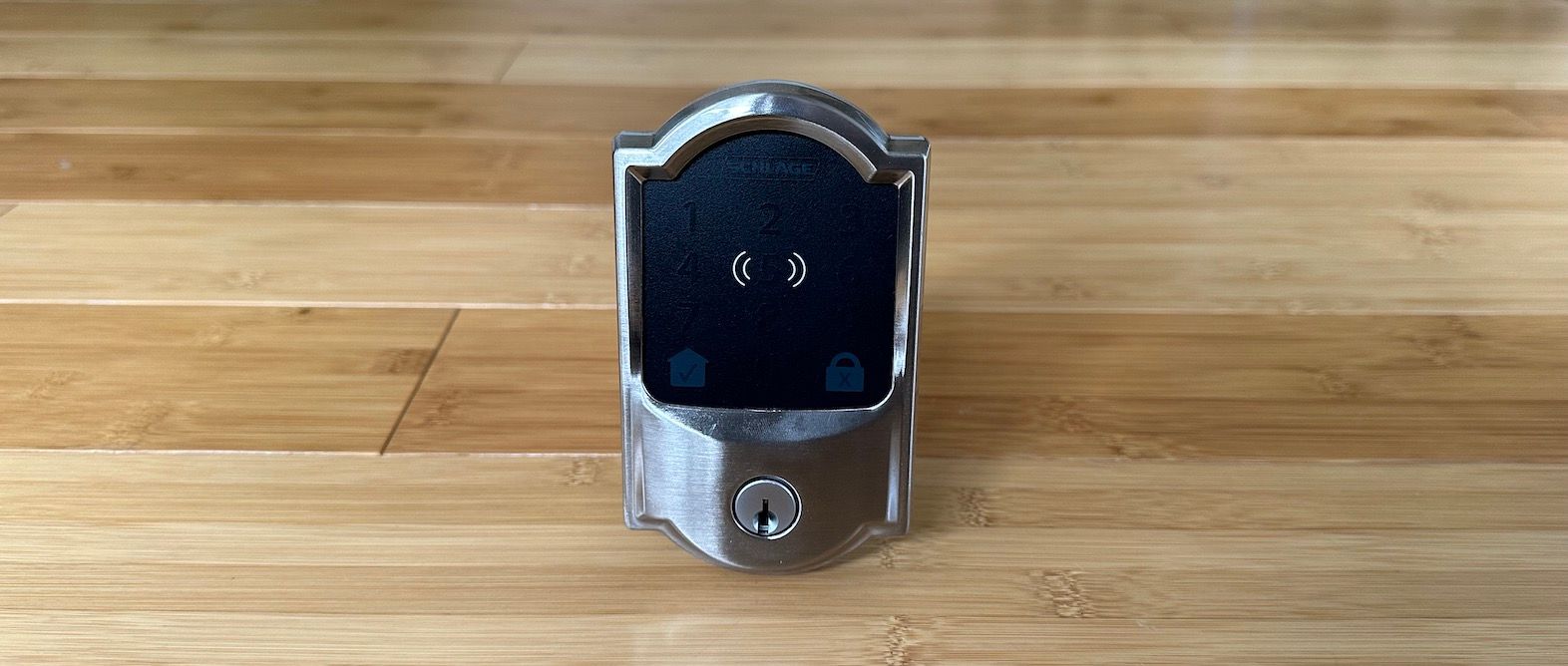
Get the Schlage Encode Plus if you want the best Apple Home Key lock on the market. Not only does Home Key work more efficiently, but the lock's motor is stronger and it has a keypad for non-Apple users. The downside to the Encode is that it's not the prettiest to look at from the outside or inside.
Level Lock Plus

Get the Level Lock Plus if you want an Apple Home Key lock that’s nice to look at and/or one that doesn’t look like a smart lock. I can’t think of any reason to get it other than the sleekness of the design, which may be enough for a small fraction of people, but it’s not enough for me. The only other reason to buy would be if the Encode is out of stock and you’re desperate for Home Key.

